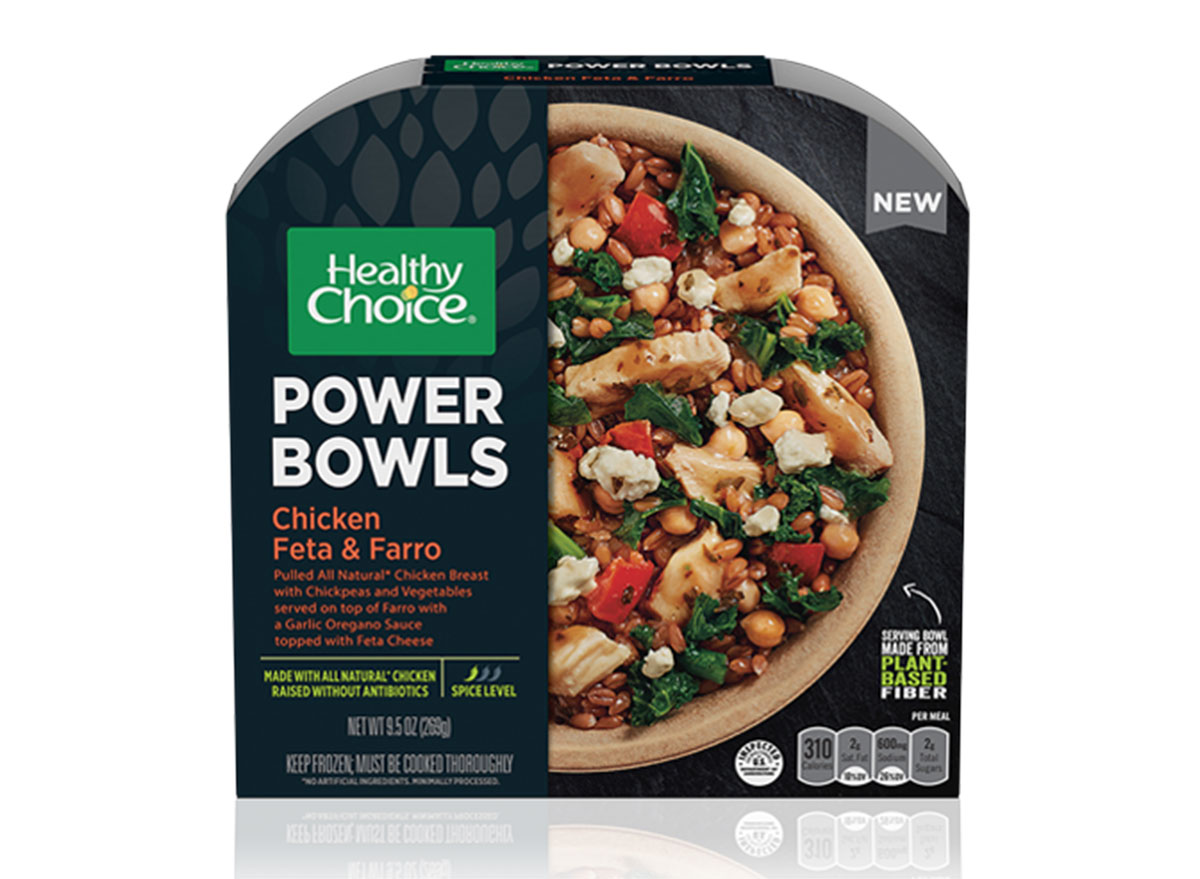
Look forward to getting out of bed in the morning. Luvo Steel Cut Oatmeal with Quinoa and Mixed Fruit Made with organic tortillas, black beans, and vegetables, this gluten-free, vegan meal has 190 mg of sodium and 160 calories per serving. Amy’s Light in Sodium Black Bean Vegetable Enchilada Even foods that don’t taste salty may have high levels of sodium.ĩ healthy options 1. Sodium is widely used in packaged foods to preserve, thicken, or enhance flavor. Restaurant, processed, and prepackaged foods like frozen meals account for more than 75 percent of the sodium that Americans eat. Where is all of that sodium coming from? It’s not the saltshaker on the table. Reducing daily sodium intake to 1,500 mg lowers blood pressure even more than the general 2,300 mg recommendation, according to the FDA.Ĭhances are, you are eating more sodium than you know. Learn more: 8 low-sodium, heart-healthy foods >īecause blood pressure typically rises with age, reducing sodium intake may be particularly important for older adults. While eating less sodium is widely recommended for people already diagnosed with high blood pressure and heart disease, a low sodium diet can also help lower the risk of stroke, heart attack, and other cardiovascular conditions for healthy adults, according to the Centers for Disease Control and Prevention. The FDA recommends that healthy adults eat less than 2,300 mg of sodium a day or about 1 teaspoon, and yet the average American eats 5 or more teaspoons each day.Ī high sodium intake can increase your risk of developing high blood pressure and heart disease. That’s 1,000 mg more than the USDA’s daily recommended value for healthy adults and nearly 2,000 mg more than the American Heart Association recommends for optimal heart health.

Americans eat more than 3,400 milligrams of sodium per day on average, according to the Food and Drug Administration (FDA).


 0 kommentar(er)
0 kommentar(er)
